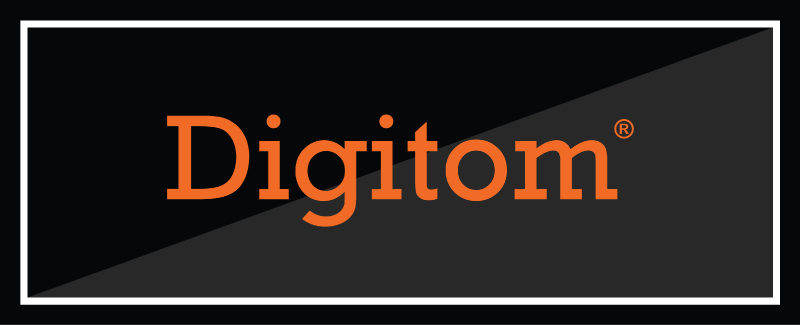Last month we were fortunate enough to secure a ticket to the inaugural European Video First Conference in Ghent. An eclectic mix of some 250 content producers and marketers from Belgium, France, Germany, Netherlands, UK and the USA, gathered to hear from the likes of YouTube, Facebook and Wistia.
Published: December 2017
It was insightful to hear from the world’s largest platforms about how users are engaging with video, redefining how audiences are actively choosing what to watch, where and when. The use of video for business and advertising is set to continue to rise, with multiplatform versions of content used to target specific audiences.
WHY VIDEO?
Humans are visual, we engage best face-to-face, creating a rapport with one another. It takes just 13 milliseconds to process an image, that’s 60,000 times faster than processing words. Brendon Grunewald of Moovly told us that using video on landing pages can lead to a 64% sales conversion rate on ecommerce sites. It’s easier to communicate with your customers with a video, sharing a story and taking them on a journey.
VIEWING HABITS
Audiences’ viewing habits are changing, Baby Boomers are ‘phone natives’, Millennials are ‘text native’, Gen Z are ‘video native’. This means their go-to medium is video, they’re proficient in it and its use. Three years ago there was only YouTube, but now video’s native across many platforms including LinkedIn, Snapchat, Twitter, Periscope, Facebook and Instagram. Different platforms bring different audiences. For example, YouTube attracts a more aural audience, whereas Facebook is visual.
Facebook audiences have shorter attention spans so you need to hook the viewer in with exciting visuals in the first few seconds, or else they’re off scrolling through their feed. Niels Chabot from Facebook thinks this is leading to a new online video narrative coming to the fore. Traditional storytelling to a passive audience would have a slow building storyline, with a pay-off and conclusion which leaves the viewer understanding why the product is important to them. Niels’ ‘modern storytelling’ front-loads the brand message at the beginning of the video to hook the viewer in.
The way we’re consuming video is evolving. Short ‘on the go’ content with a duration of less than 10 minutes satisfies our busy hectic lives, but the growth of ‘lean back’ is fast growing. Lean back content is over 10 mins in duration, where online platforms are becoming the TV of the future.
Niels McEvoy of YouTube told us about the new YouTube Studios being set up in large cities, where content producers are being invited into professional studios and given assistance to increase the quality of their videos. Most people know YouTube is one part of Google’s eight platforms, all of which are bound together with analytics. Using data points allows Marketers to build customer profiles, including what they have an affinity with and what are they in the market for. This information allows for the specific targeting of content.
GROWTH OF MOBILE
Mobile featured heavily at Video First. Chabot regaled us with the story of several years ago when Facebook wasn’t terribly mobile friendly. The company went into lockdown when Mark Zuckerberg declared all meetings and ideas must be mobile first. It took 67 years for TV to reach one billion viewers, but just five years for mobile to achieve the same audience. It’s Facebook’s most popular platform, predicted to reach 6.1 billion users by 2020.
EASE OF ACCESS
It’s so easy to make a video these days, there are countless apps and platforms where anyone can pick up a camera and film themselves. We’ve seen the increase in video used by businesses to engage with their teams, to help instill culture and values throughout an organisation.
Harriet Beaumont from Seenit shared their platform which empowers people to shoot and share their own user generated content. It can be quick, cheap and raw, enabling viewers to access previously unheard stories. They’ve worked with the likes of Unilever, Citi, BBC, BT Sport and HSBC with training from video professionals to setup and implement the programme structure.
FUTURE OF VIDEO
Looking ahead and the boom in new tech with Virtual Reality and Augmented Reality, Wistia’s Chris Savage predicts we’ll see more amateurs making business video, driving the amount of video made and viewed at work. One thing is certain, quality of content is key; marketers shouldn’t use paid distribution to solve bad content problems.
The challenge for producers is to ensure our productions stand out in a noisy world, delivering clear, concise and targeted content. Video is certainly not a fad, it’s here to stay!




